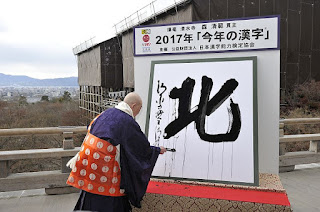In the Japanese language, as we know, there are a lot of words are borrowed from China within these 1000+ years. However, there are a lot of Wasei-Kango which means Japanese made Chinese are using everyday life in Japan.
Many Japanese-created kango refer to uniquely Japanese concepts. Examples include daimyō (大名), waka (和歌), haiku (俳句), geisha (芸者), chōnin (町人), matcha (抹茶), sencha (煎茶), washi (和紙), jūdō (柔道), kendō (剣道), Shintō (神道), shōgi (将棋), dōjō (道場), seppuku (切腹), and Bushidō (武士道). Another miscellaneous group of words were coined from Japanese phrases or crossed over from kun'yomi to on'yomi. Examples include henji (返事 meaning 'reply', from native 返り事 kaerigoto 'reply'), rippuku (立腹 'become angry', based on 腹が立つ hara ga tatsu, literally 'stomach stands up'), shukka (出火 'fire starts or breaks out', based on 火が出る hi ga deru), and ninja (忍者 from 忍びの者 shinobi-no-mono meaning 'person of stealth'). In Chinese, the same combinations of characters are often meaningless or have a different meaning. Even a humble expression like gohan (ご飯 or 御飯 'cooked rice') is a pseudo-kango and not found in Chinese. One interesting example that gives itself away as a Japanese coinage is kaisatsu-guchi (改札口 literally 'check ticket gate'), meaning the ticket barrier at a railway station.

That was nice one. I wish I could go to japan sometimes
ReplyDeleteHello Haohua, Good luck : )
Delete